With the hope of the return to the ‘new normal’ this year, students will be preparing to return to schools, colleges and universities. But the lecture halls and classrooms are not the same ones they left behind. Factors such as social distancing and the huge growth in remote learning have changed dramatically, and perhaps permanently.
As students begin to make their careful return to their schools and universities, educational institutions have an unprecedented responsibility to ensure that studies in this new phase are effective and safe. Learning environments must support whatever degree of remote participation is required in the weeks, months and years ahead.
Today’s learning spaces need to be more flexible in terms of both the physical places students attend and the digital spaces where they connect to lectures and lessons and to educators and peers. What does this mean?
Logistical challenges of the ‘new normal’
Many educational institutions are now finding that more thought must go into scheduling. Because of the need for social distancing and other measures, a greater degree of planning and care has to be taken when determining which rooms are used for which lessons. In order to maintain the necessary distances between students (and educators), lecture hall or classroom capacities are reduced drastically. For instance, if every other seat in a lecture theatre is left empty, that cuts its capacity by half.
Decoupling purpose and technology from physical spaces
Here we come to the importance of flexibility. Modern technology has a key role in helping you use all your available space as effectively as you can to provide the best – and safest – education possible. That’s because unlike the digital whiteboards of previous times, firmly attached to a bracket on a wall of a specific room, today’s devices aren’t necessarily locked down to one space.
Modern, mobile and highly versatile solutions such as the Microsoft Surface Hub 2S can be easily moved to wherever they’re needed, set up quickly and used to bring together remote and on-site students and support the hybrid learning experiences they need. This agility will be a key characteristic of how education is delivered as we move forward. Spaces and their uses are becoming more fluid, quickly and easily shaped into fully equipped, connected, hybrid learning environments by flexible, powerful technology.
However, achieving more fluidity with your physical space is only part of the solution. Succeeding with hybrid learning also means breaking down the barriers between physical and digital learning spaces to unify and enhance student experiences.
Checklist: Can you support hybrid learning?
It’s time to talk about learning experiences. To make hybrid learning really work, educational institutions need to be able to answer these questions with a ‘yes’:
- Is setting up and starting hybrid sessions simple for educators/technicians?
- Can remote students connect to sessions quickly and with no hassle?
- Are educators able to teach both remote and on-site students effectively?
- Can you ensure learning experiences are clear, immersive, and engaging?
- Is your technology platform familiar and accessible to students and staff?
- Can remote students participate and contribute confidently and comfortably?
- Are on-site and remote students able to interact and collaborate well together?
Ultimately, the success of a hybrid learning environment comes down to bringing everyone together in one learning space that unifies the digital and physical, where remote learning and teaching deliver results as good as on-site, and where students feel fully part of learning experiences however they participate. And the right technology is necessary to achieve that.
If you’d like to find out more about XMA Hybrid Learning solutions, contact us today.
For more information about the Surface Hub 2S, click here



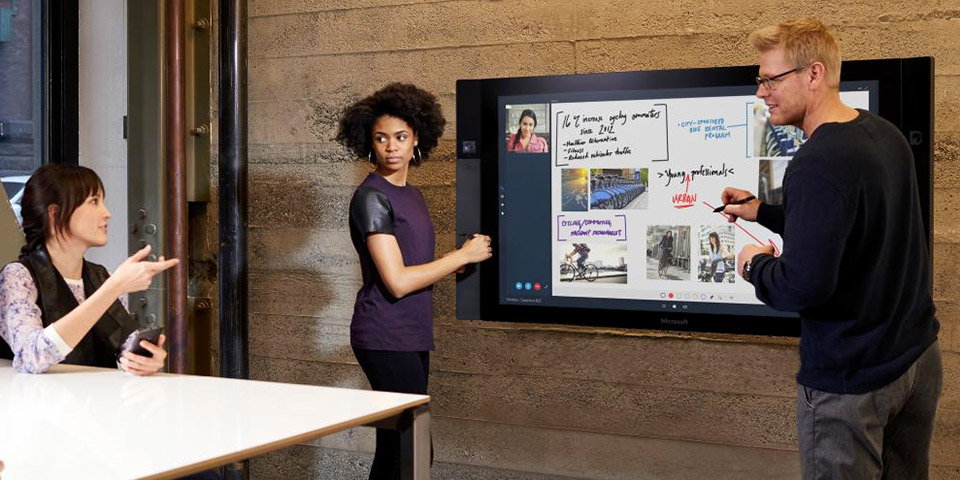


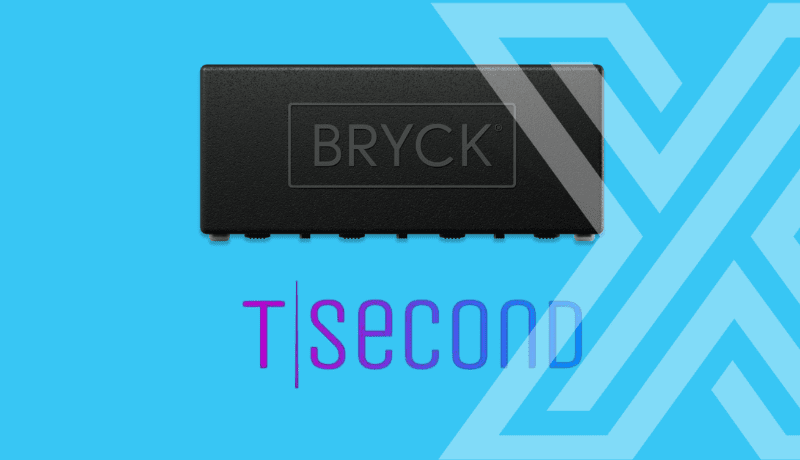
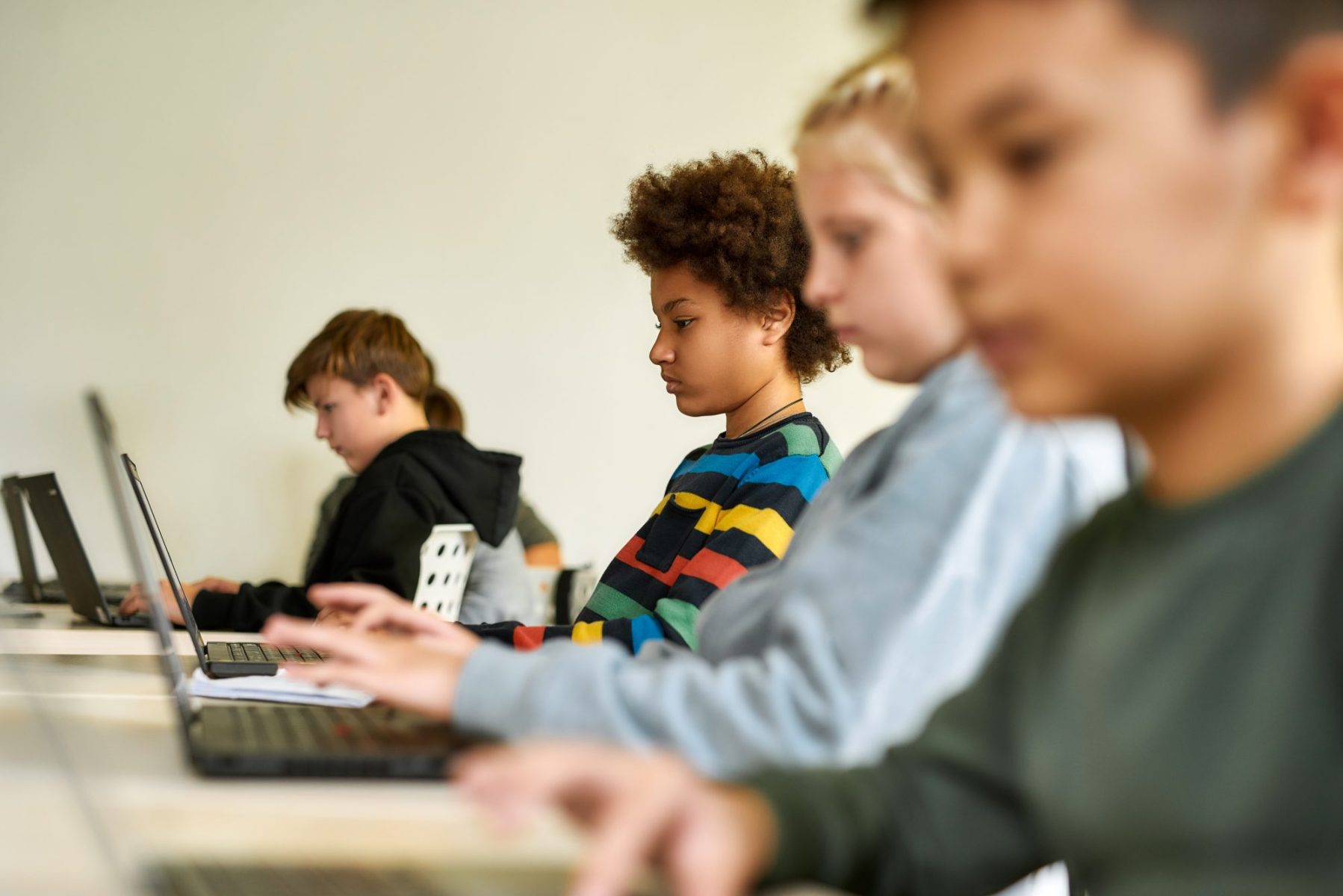
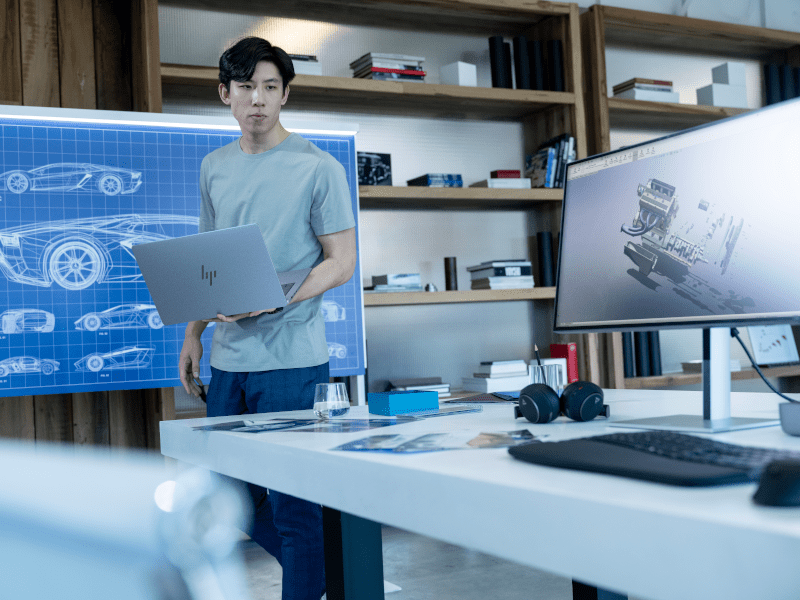

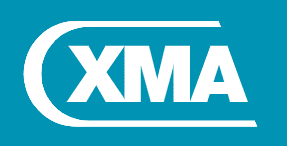

 Monitoring by Hotjar
Monitoring by Hotjar